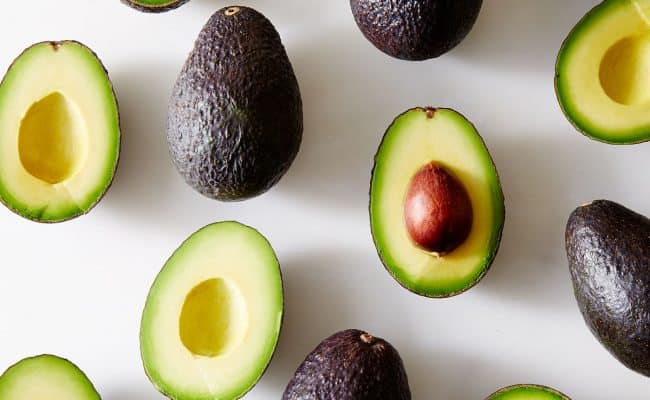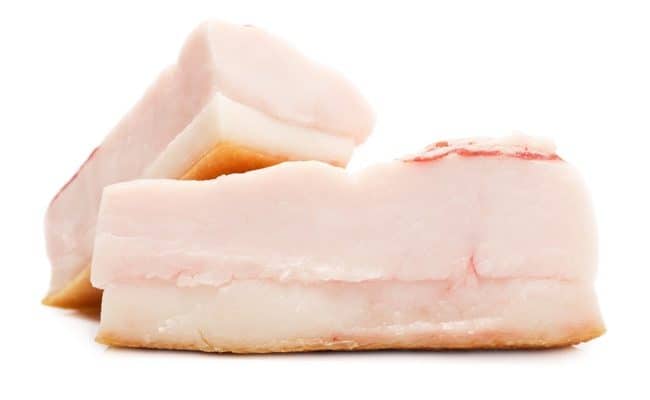
Carrying extra fat mass can increase risk for heart disease, type 2 diabetes and certain cancers, and more than one third of adults in the US are considered obese. Therefore, a large number of adults in the US are at risk for diseases associated with obesity.
Most people recognize losing weight and getting rid of excess body fat are important for improving health.
Another important factor for health, besides total amount of fat, is where fat is stored in the body.
Visceral fat is also known as fat accumulated around your organs in your midsection. Visceral fat is often considered a “deep” fat storage meaning it is not just under the skin.
Visceral fat is associated with an increased risk for insulin resistance, type 2 diabetes, cardiovascular disease, stroke and death (1).
Therefore, getting rid of visceral fat is considered an important step for improving overall health. Fat stored around the lower body, like thighs and buttocks region, is not considered as high of risk for health. Central fat storage is considered higher risk.
How can you get rid of visceral fat the healthy way?
Getting rid of fat mass can take time, persistence and adjustments in eating, exercise, sleep, stress levels, etc.
The following ways to help get rid of visceral fat have been validated by research.
However, keep in mind many factors can influence weight regulation, and genetics can also play a role in where we store fat.
For individual recommendations on getting rid of visceral fat, it is best to work with your personal healthcare team.
Why Visceral fat is harmful
Visceral fat stored near organs like the liver, intestines and the heart can increase risk for high blood cholesterol and triglycerides.
Fat cells can produce something called cytokines which are pro-inflammatory. Therefore, storing excess fat around the central organs can increase inflammation and may increase risk for insulin resistance (2).
Visceral fat is close to a main blood vessel of the liver called the portal vein. The portal vein carries nutrient rich blood from the intestines to the liver.
Visceral fat is generally considered “metabolically active” meaning it is interfering with metabolic pathways in the body.
Free fatty acids from visceral fat can travel into the portal vein and increase the liver’s production of cholesterol (3).
Exercise and visceral fat
According to John Hopkins Medicine, exercise can help prevent and reduce visceral fat storage. Studies looking at differences in visceral fat accumulation between exercise, diet plus exercise or diet alone groups suggest exercise and exercise plus diet are most helpful for losing or preventing visceral fat.
Diet only groups without exercise did not show significant improvements in visceral fat storage compared to exercise groups.
Aerobic and resistance training
John Hopkins Medicine recommends incorporating both aerobic and strength exercise to prevent and get rid of visceral fat.
Research from a 6-month study from John Hopkins found people who incorporated aerobic and resistance exercise lost about 18 percent visceral fat, but those in the non-exercise group lost no visceral fat.
Aerobic exercise is continuous exercise where your heart rate remains elevated. Moderate aerobic exercise generally means your heart rate is elevated, but you are not out of breath.
Examples of aerobic exercise include “brisk walking, jogging, dancing, swimming, etc. Resistance training is focusing on strengthening muscles and can include weight lifting, push-ups, sit ups, etc.
General recommendations for exercise include: 180 minutes of moderate exercise (30 minutes a day 5 days of the week) and resistance training that includes major muscle groups 3 days a week.
Speak with your healthcare team before starting an exercise program or consult an exercise science professional for more specific exercise recommendations.
High Intensity Resistance Training
A 2013 study (4) compared different types of resistance exercise had on lowering visceral fat in moderately obese adults.
Study participants were all put on a lowered calorie diet and a weekly exercise routine that was between 15-20 hours of exercise per week.
They were put into one of three exercise groups that varied in endurance and resistance levels.
Researchers found the group that participated in high resistance training had the greatest amount of visceral fat loss after 3 weeks.
This study suggests high intensity resistance training may expedite visceral fat loss and is realistic for moderately obese individuals.
High intensity resistance training is designed to keep your heart rate elevated throughout working out with little or no rest in between exercises.
Therefore, it can incorporate cardio benefits from aerobic exercise with strength benefits of resistance training.
If you have questions about incorporating high intensity resistance training for visceral fat loss, consult your healthcare team.
Dietary factors for getting rid of visceral fat
Eating a healthy diet should go in hand with exercise for getting rid of visceral fat. While exercise has been shown to have a key role in lowering visceral fat, a healthy diet should not be over looked.
One main focus for getting rid of visceral fat is cutting out excess sugar intake. Main culprits of excess sugar include: soda, sweetened beverages, baked goods, candy, etc.
A 2014 study (5) with overweight adolescents found an increased consumption of sugar and low fiber intake was associated with visceral fat obesity.
Cutting out sugary foods and drinks from the diet can help combat visceral obesity.
In addition, increasing daily fiber intake may also help. Increasing high fiber foods like: fruits, vegetables, legumes, whole grains, nuts and seeds can help boost fiber intake.
This study also found eating a high intake of fat and fried foods was associated with high levels of fat in the liver.
Therefore, lowering fried food intake is also recommended for getting rid of visceral fat.
Using lower fat cooking methods like broiling or baking in place of frying is recommended for getting rid of visceral fat.










